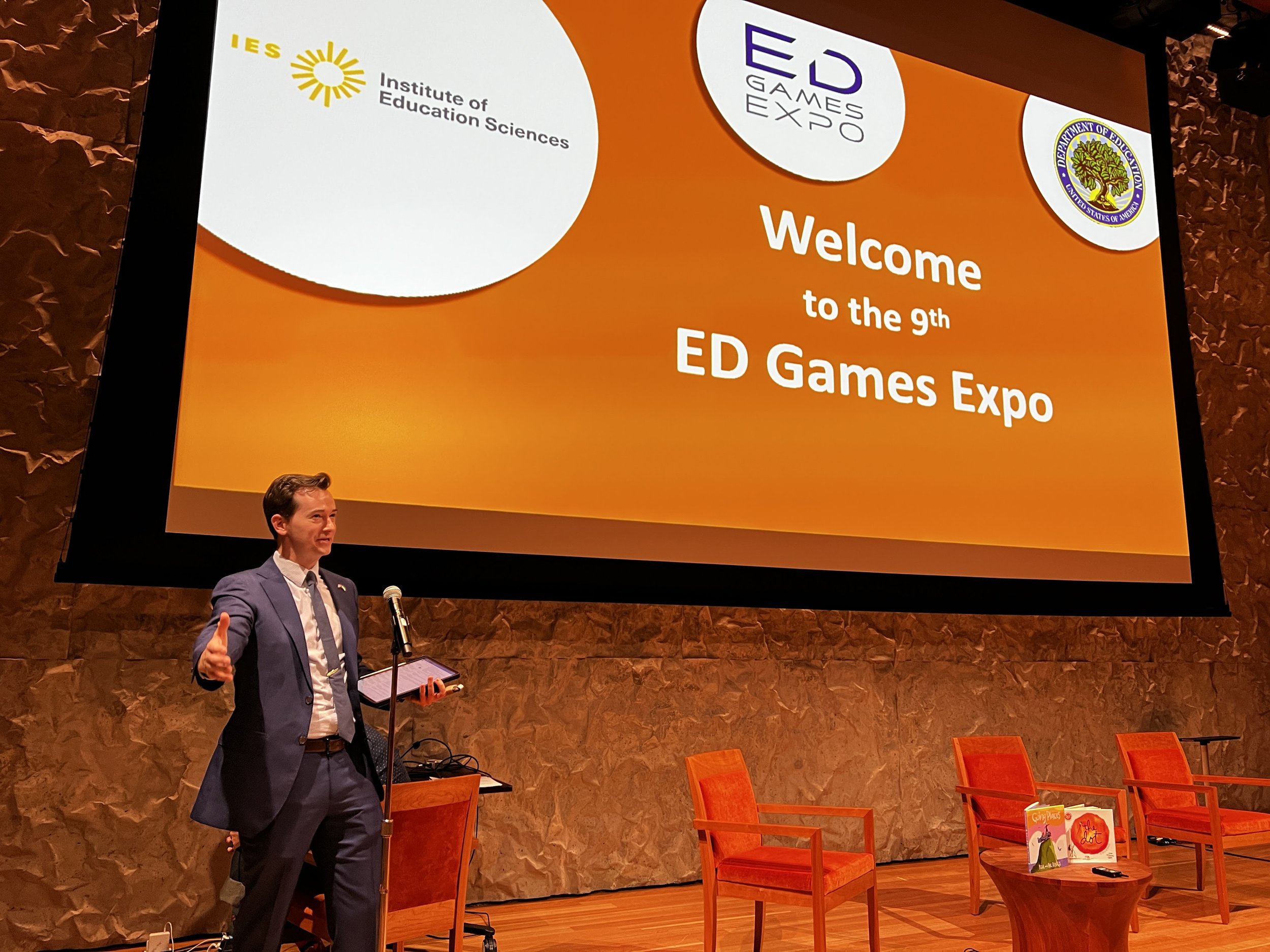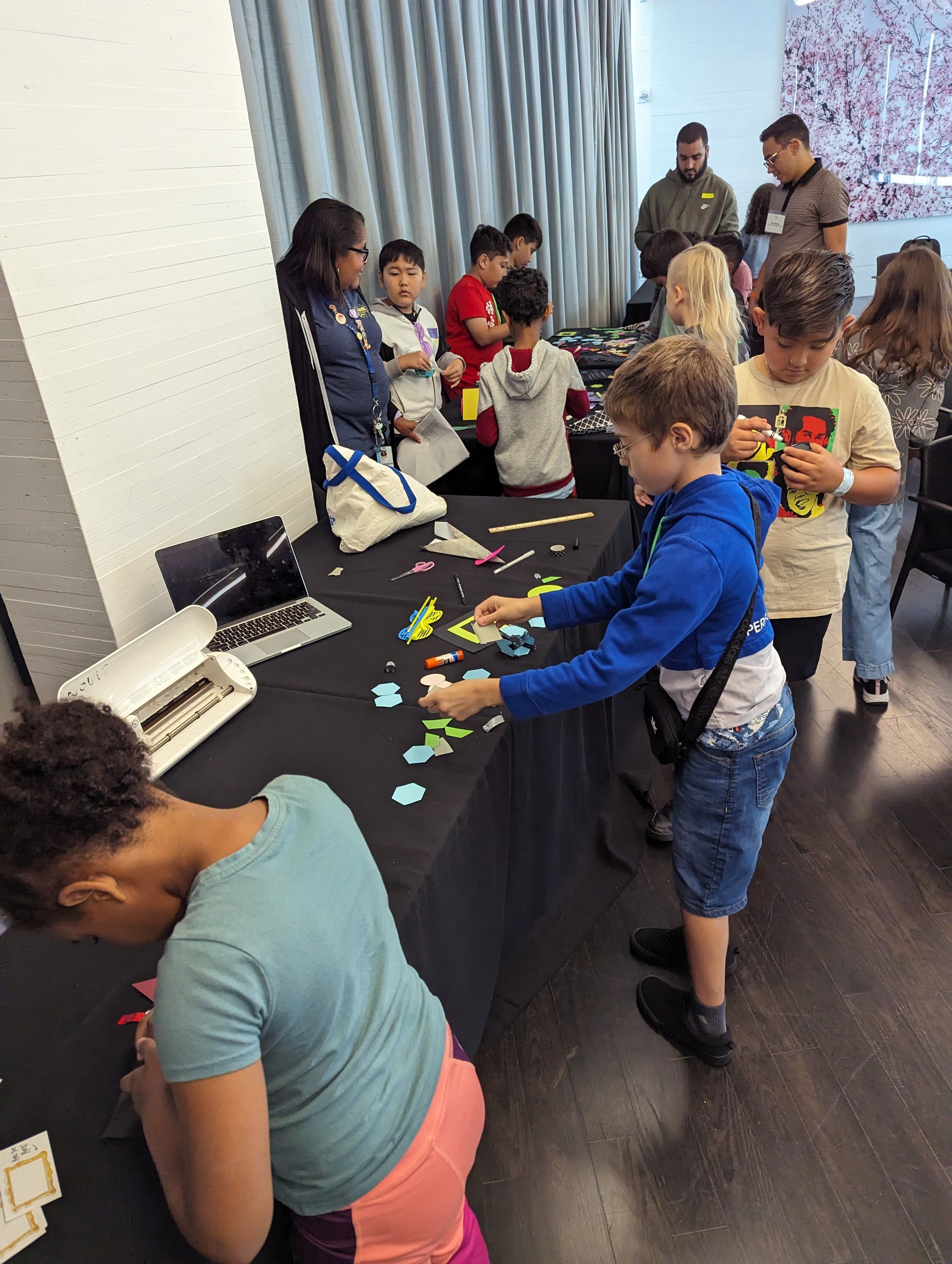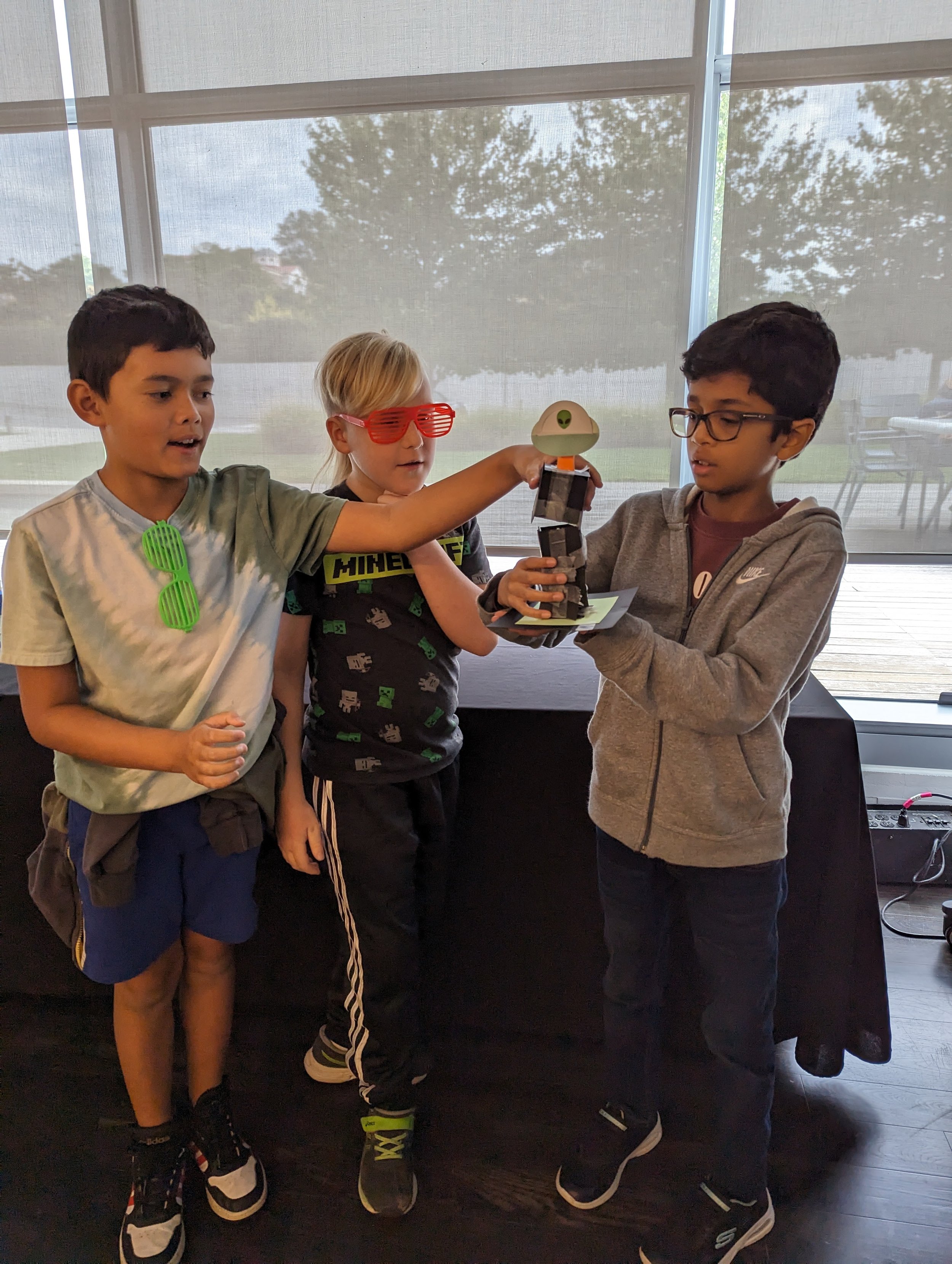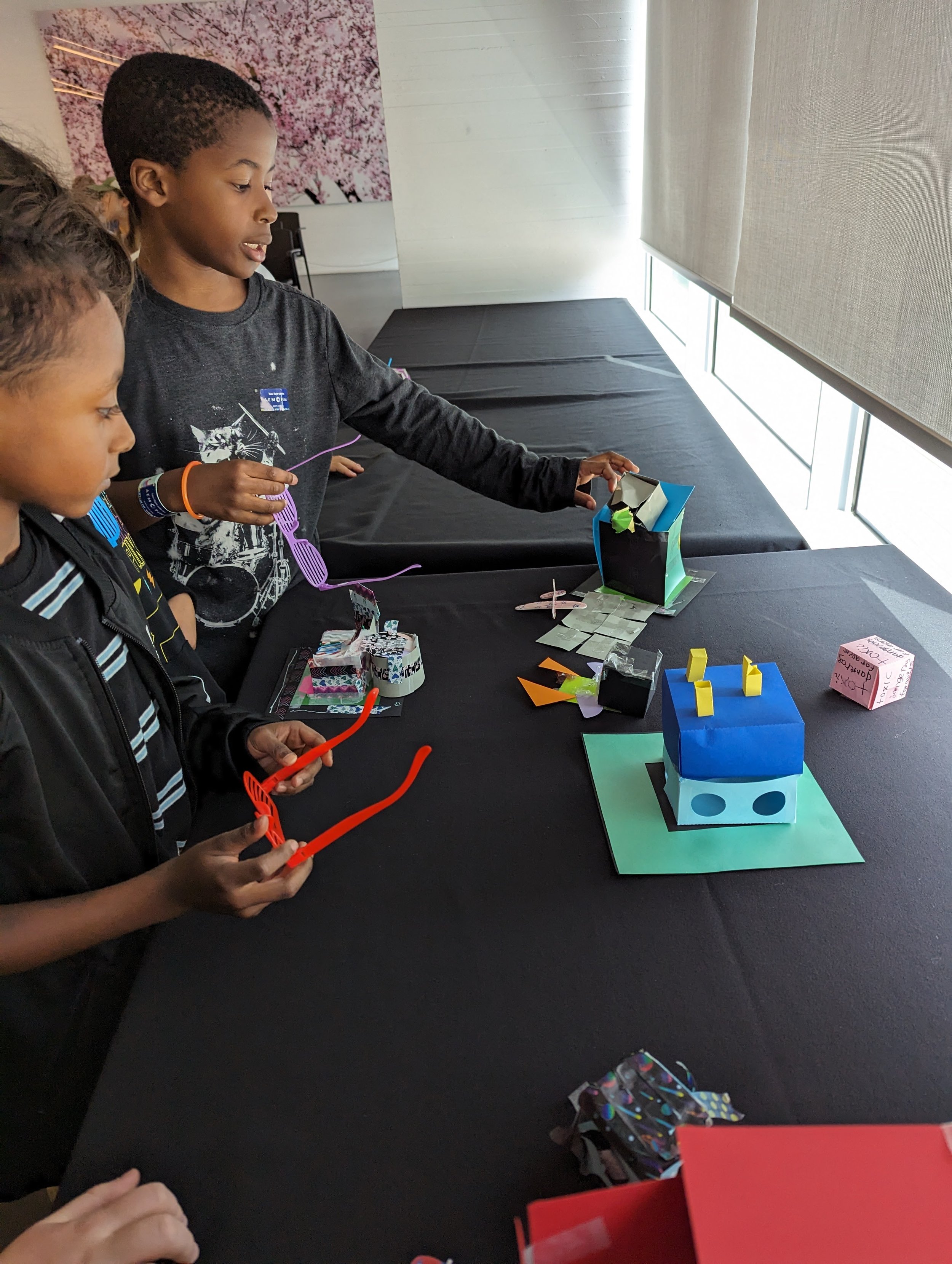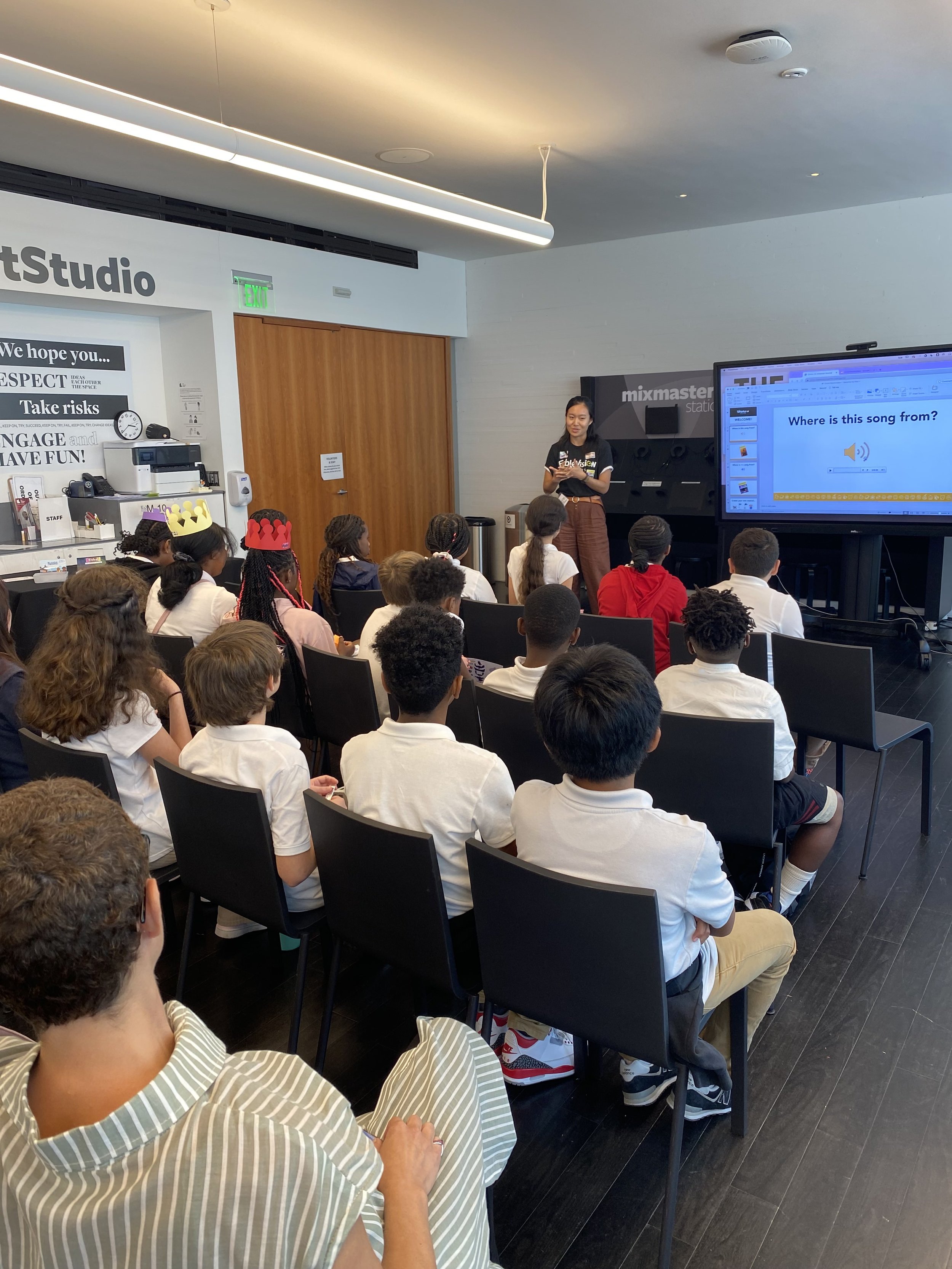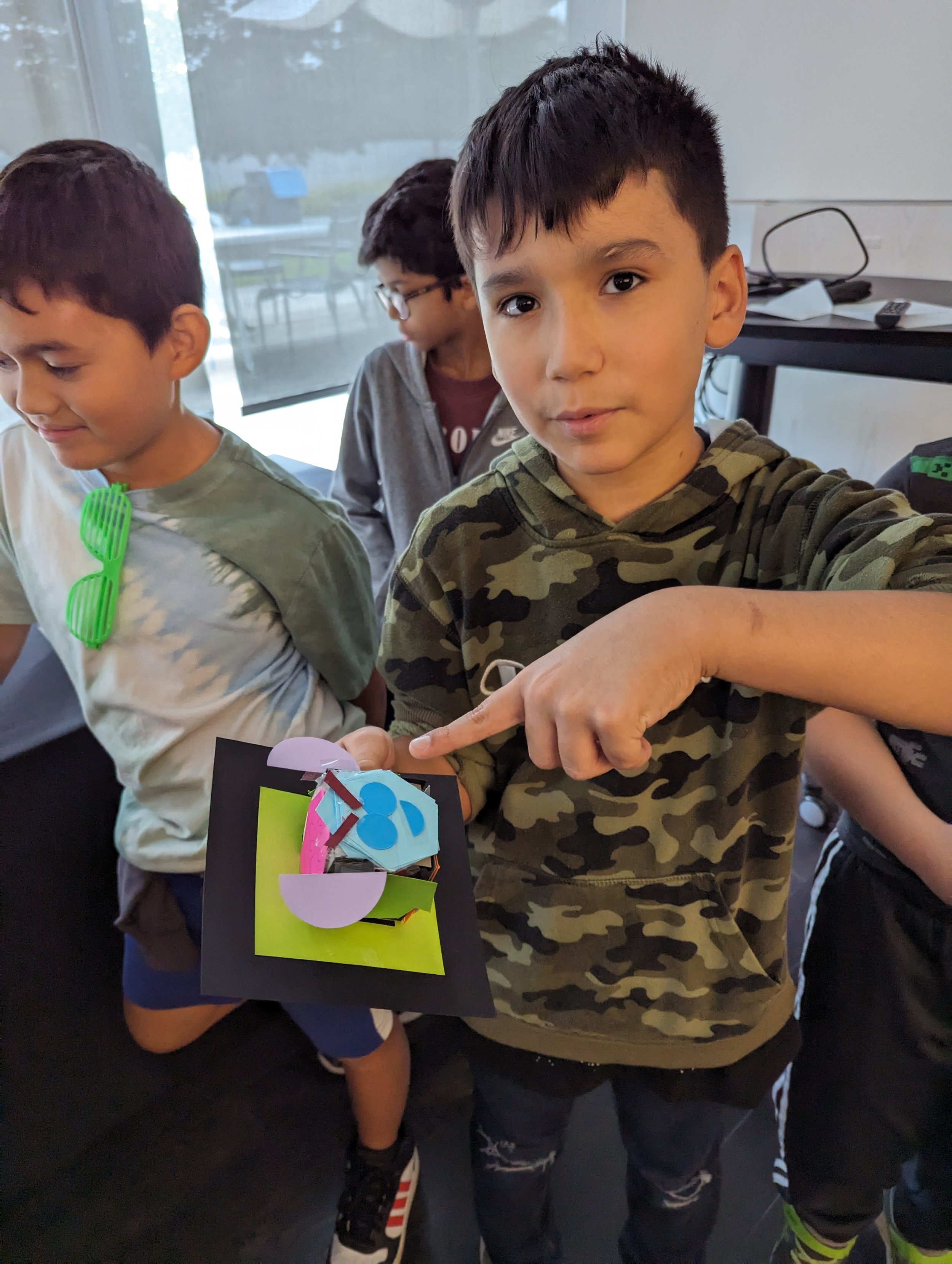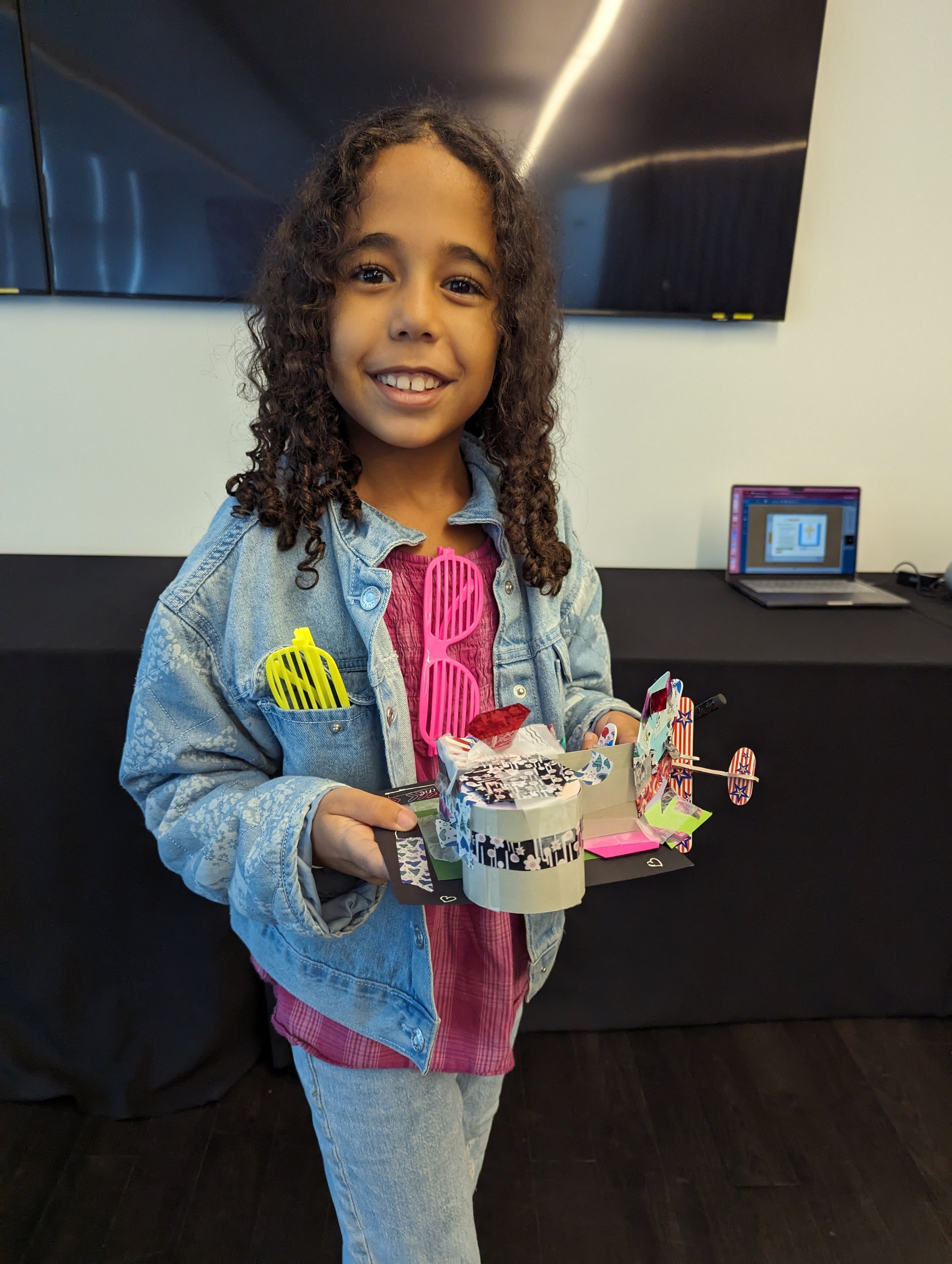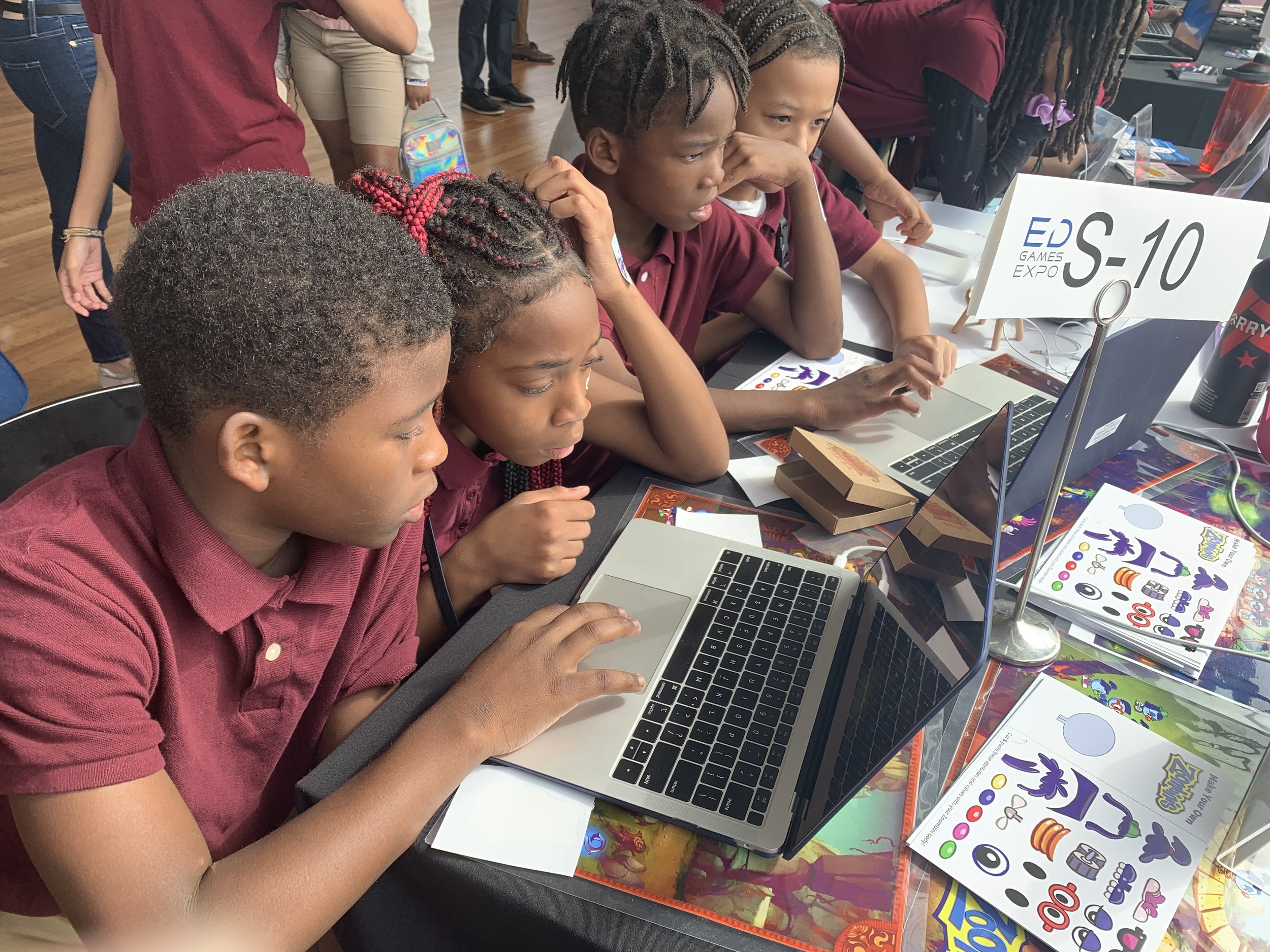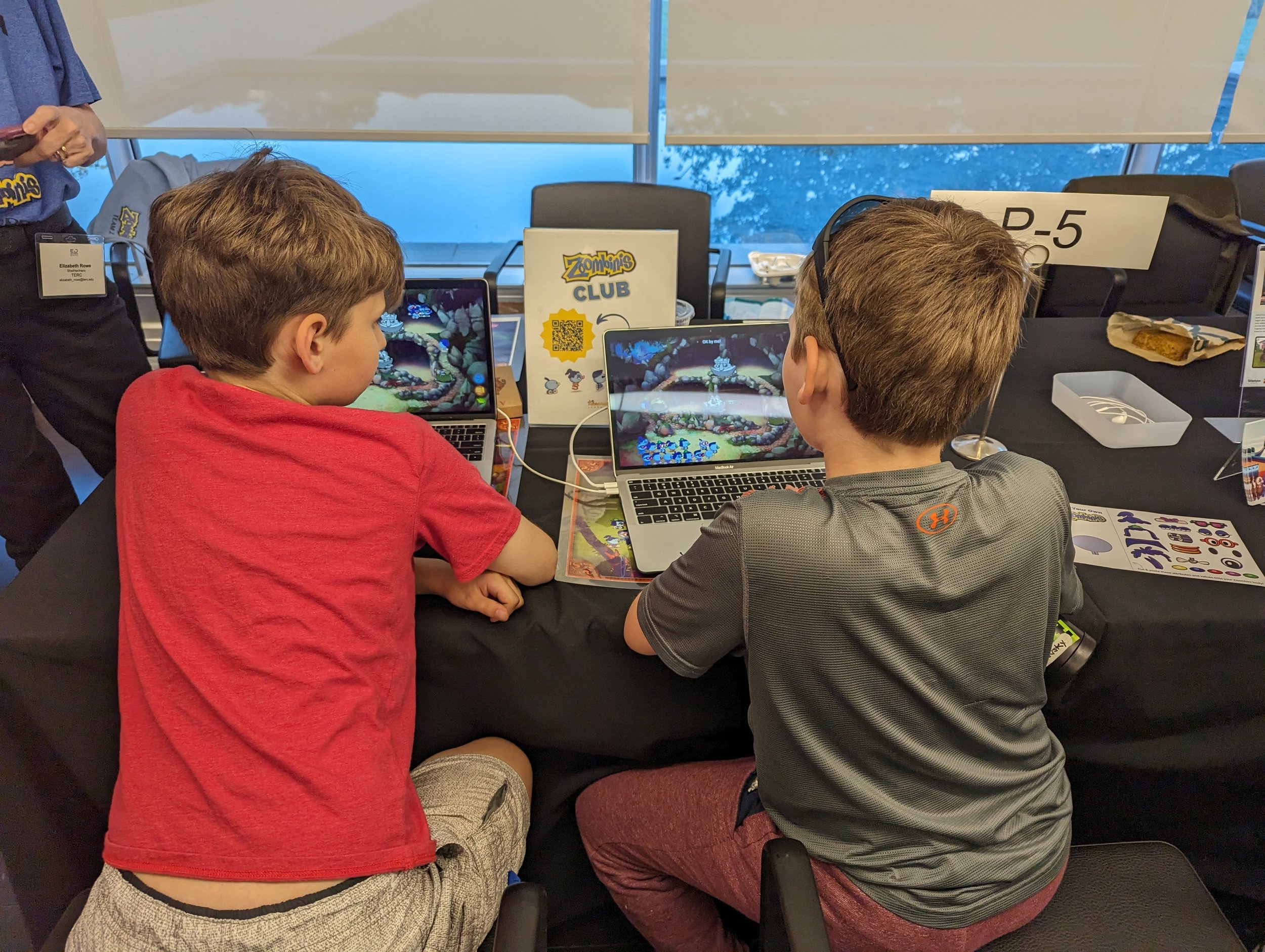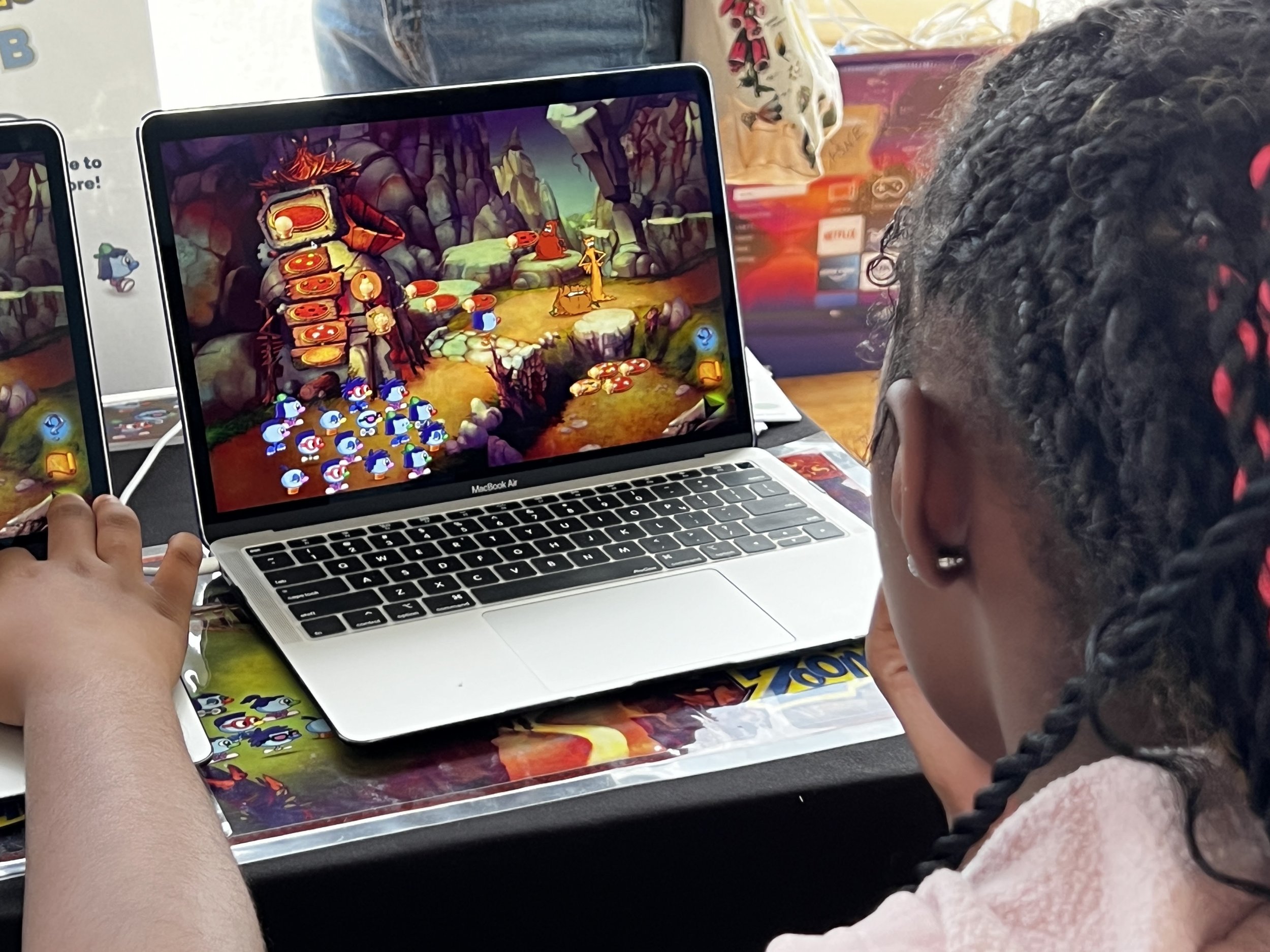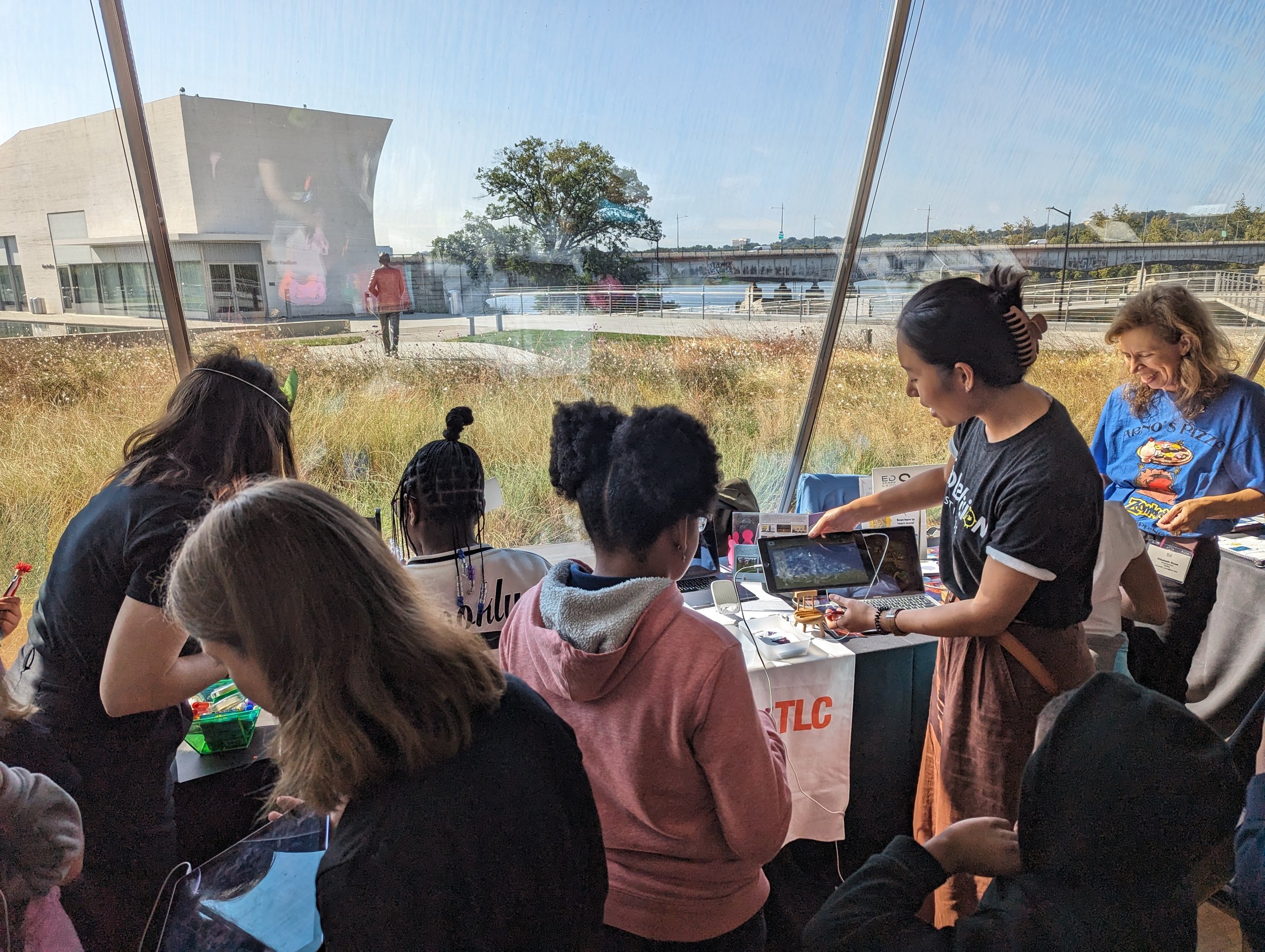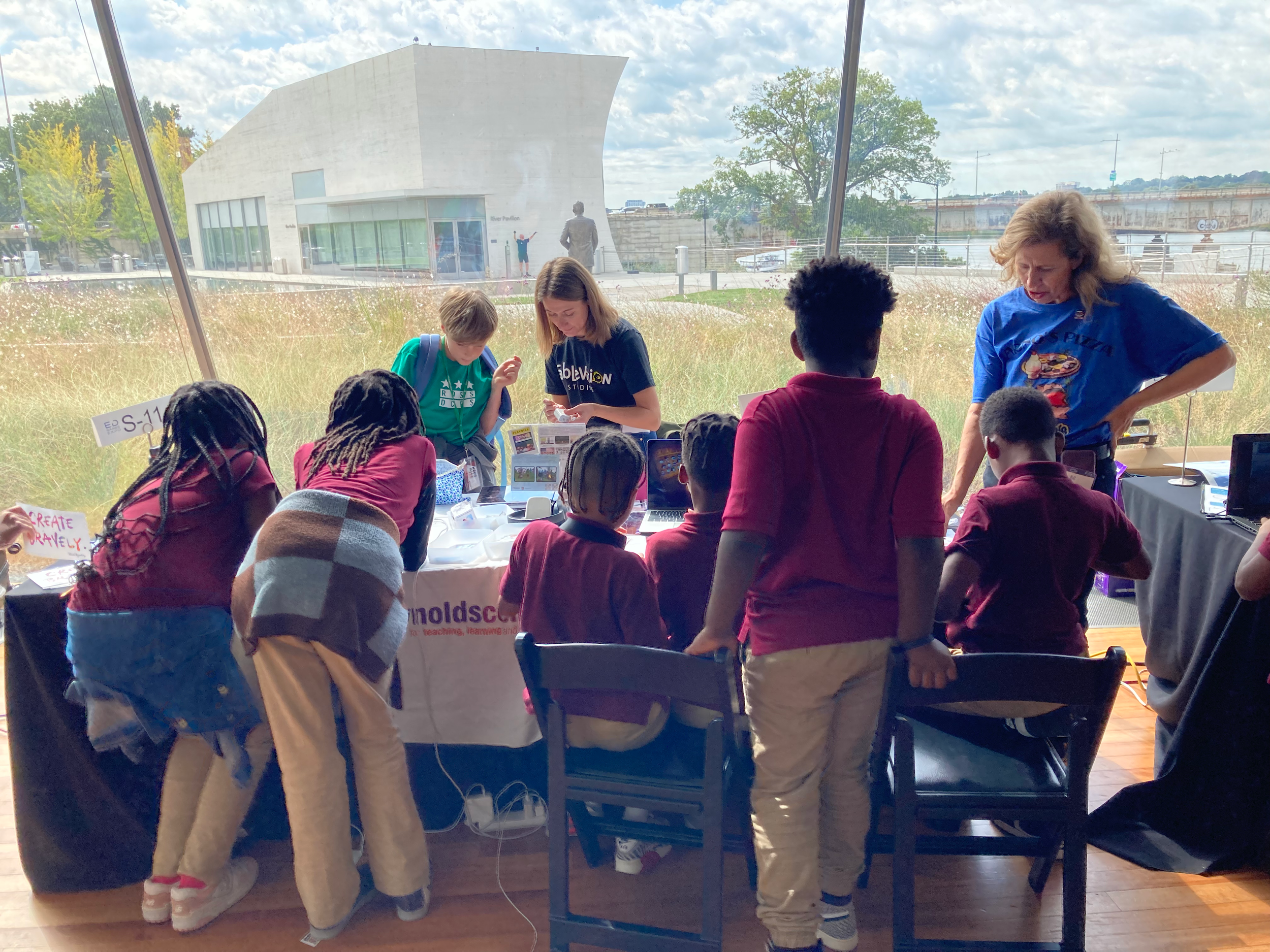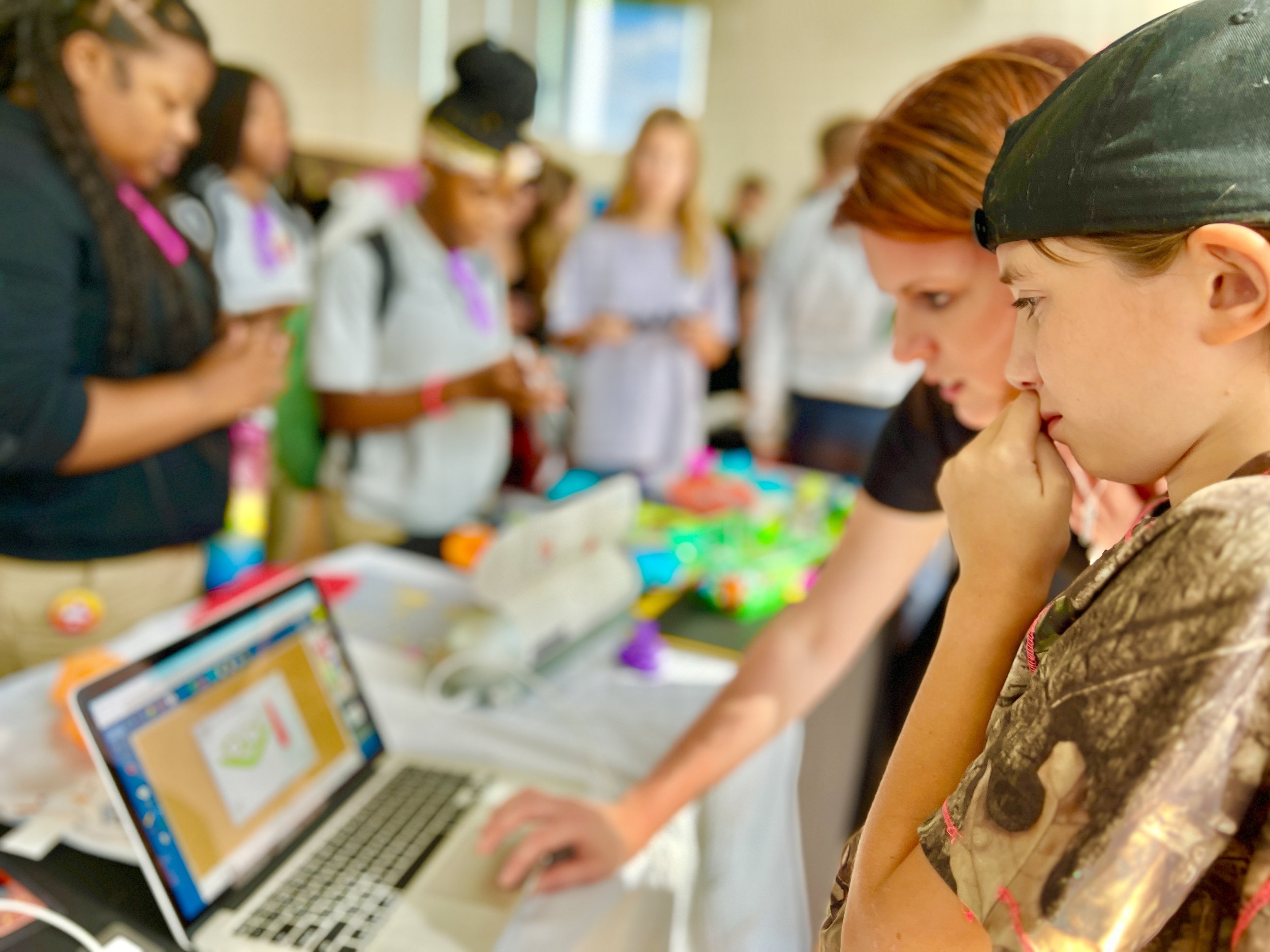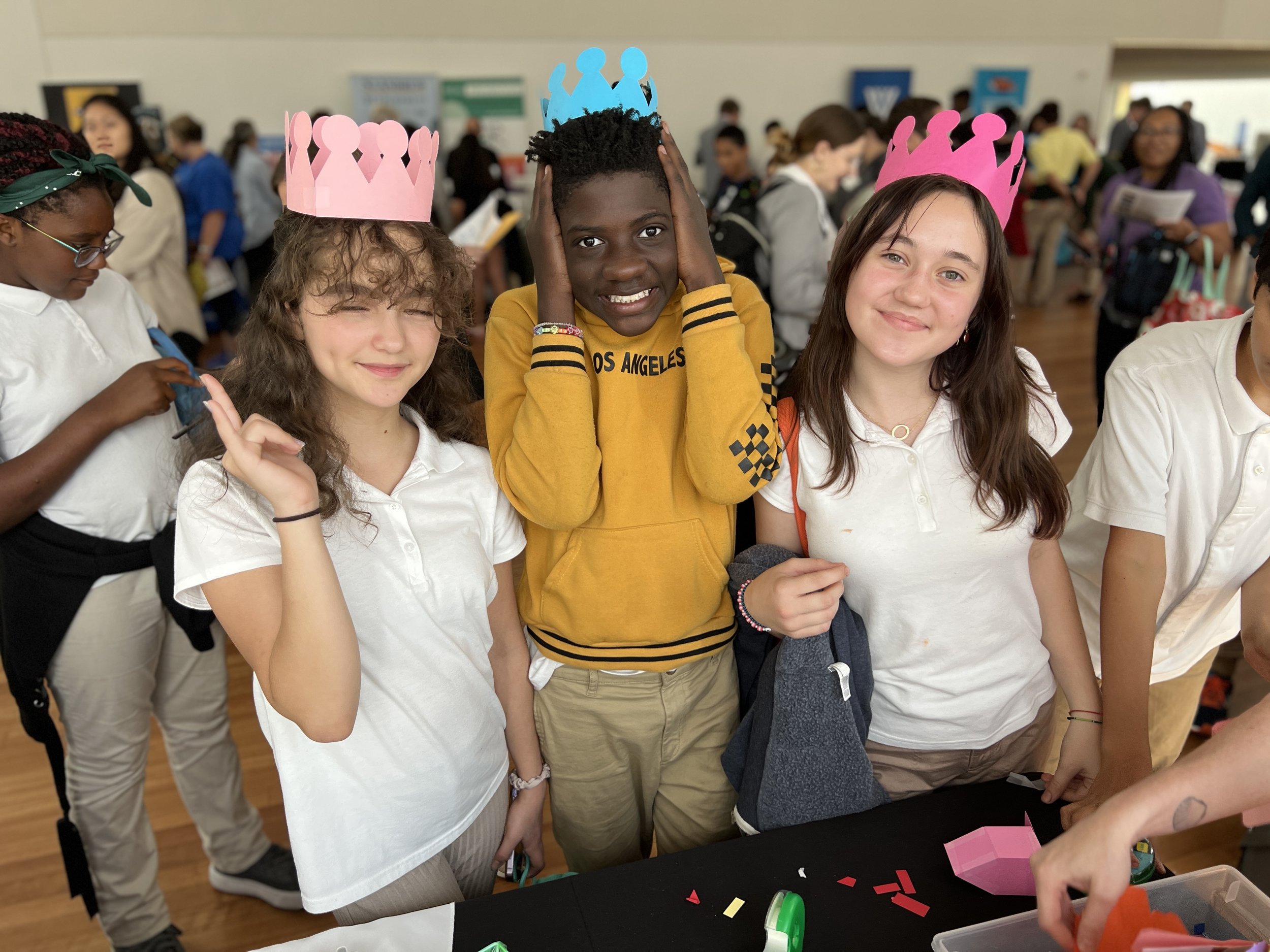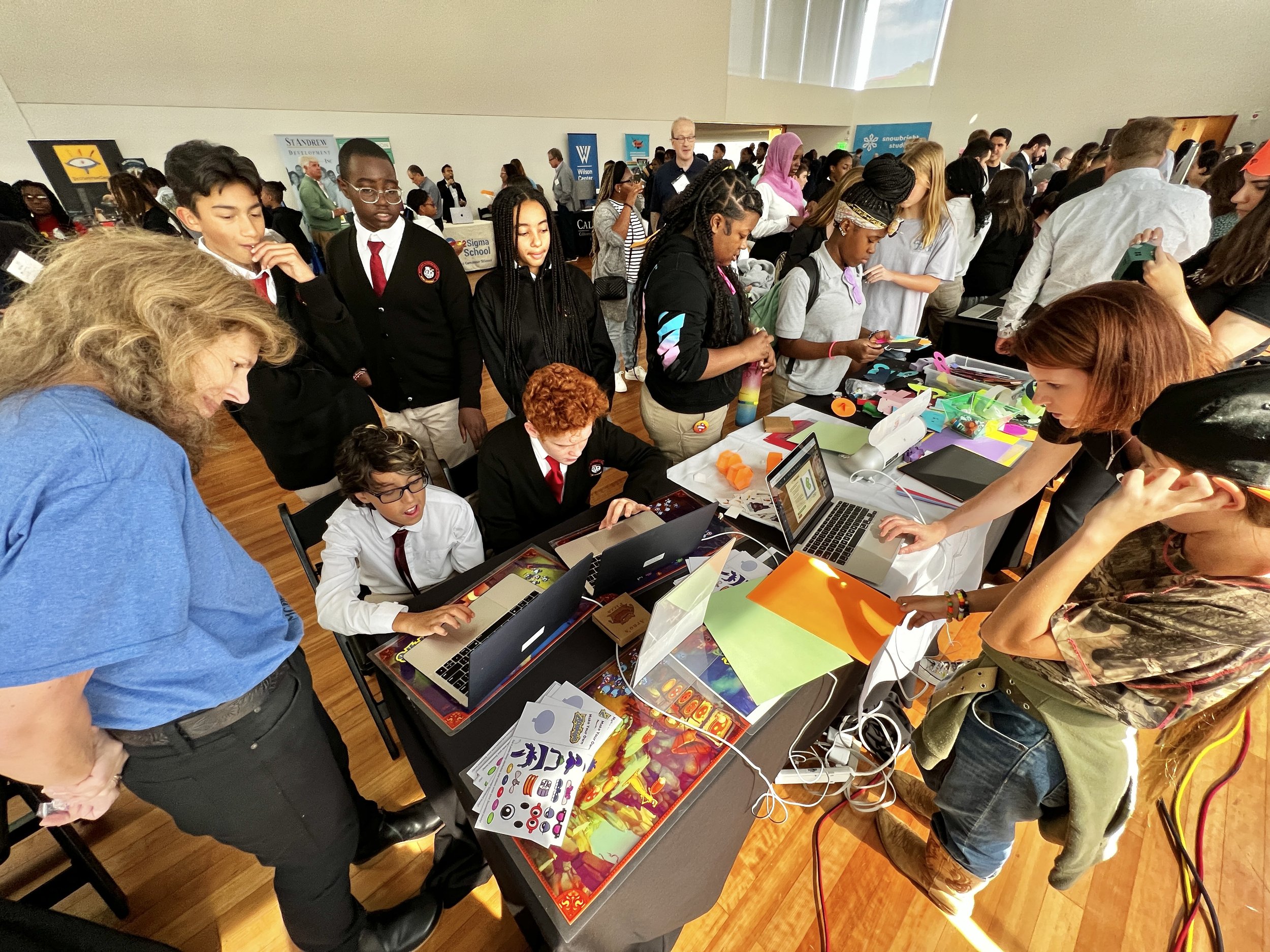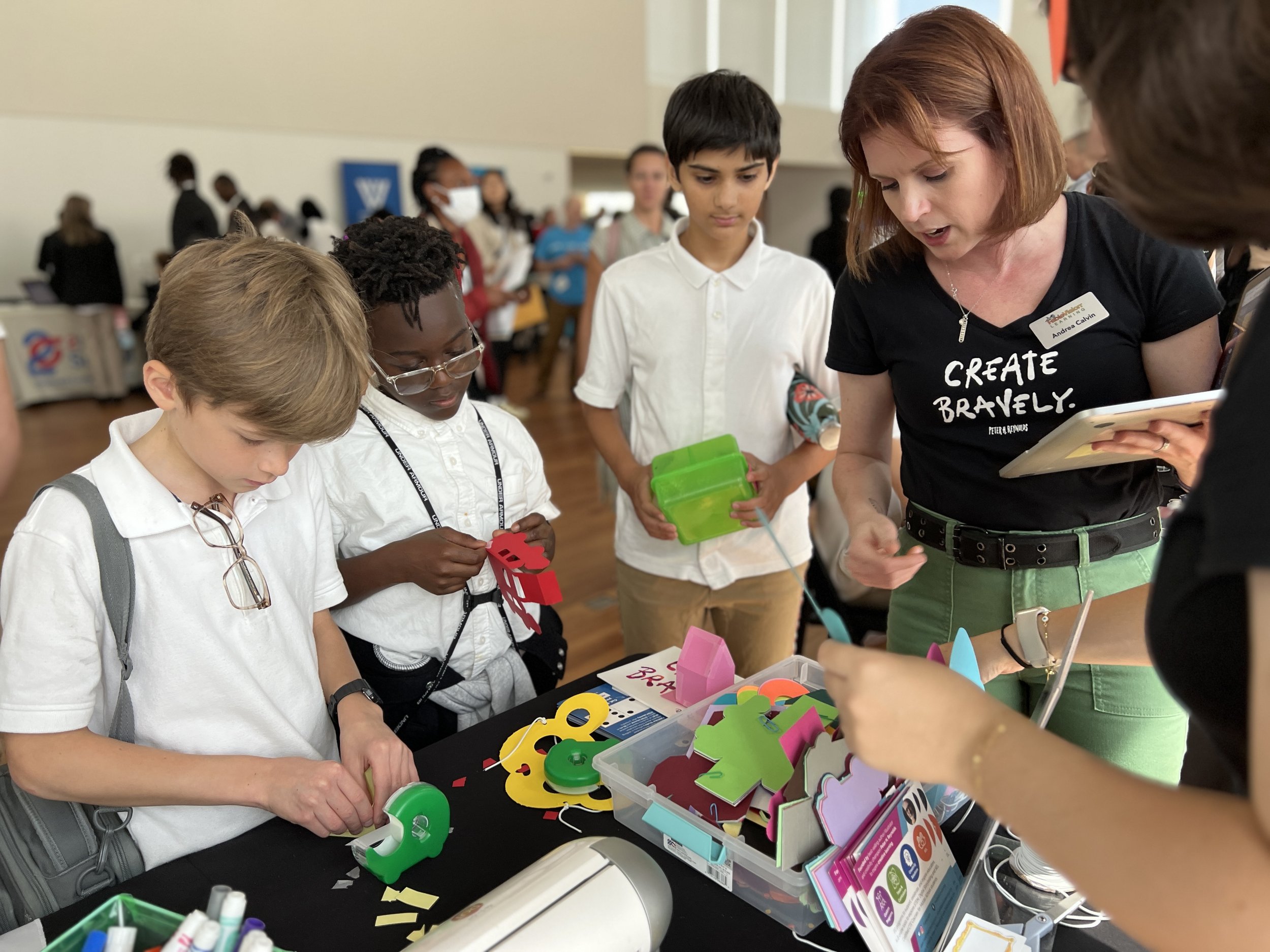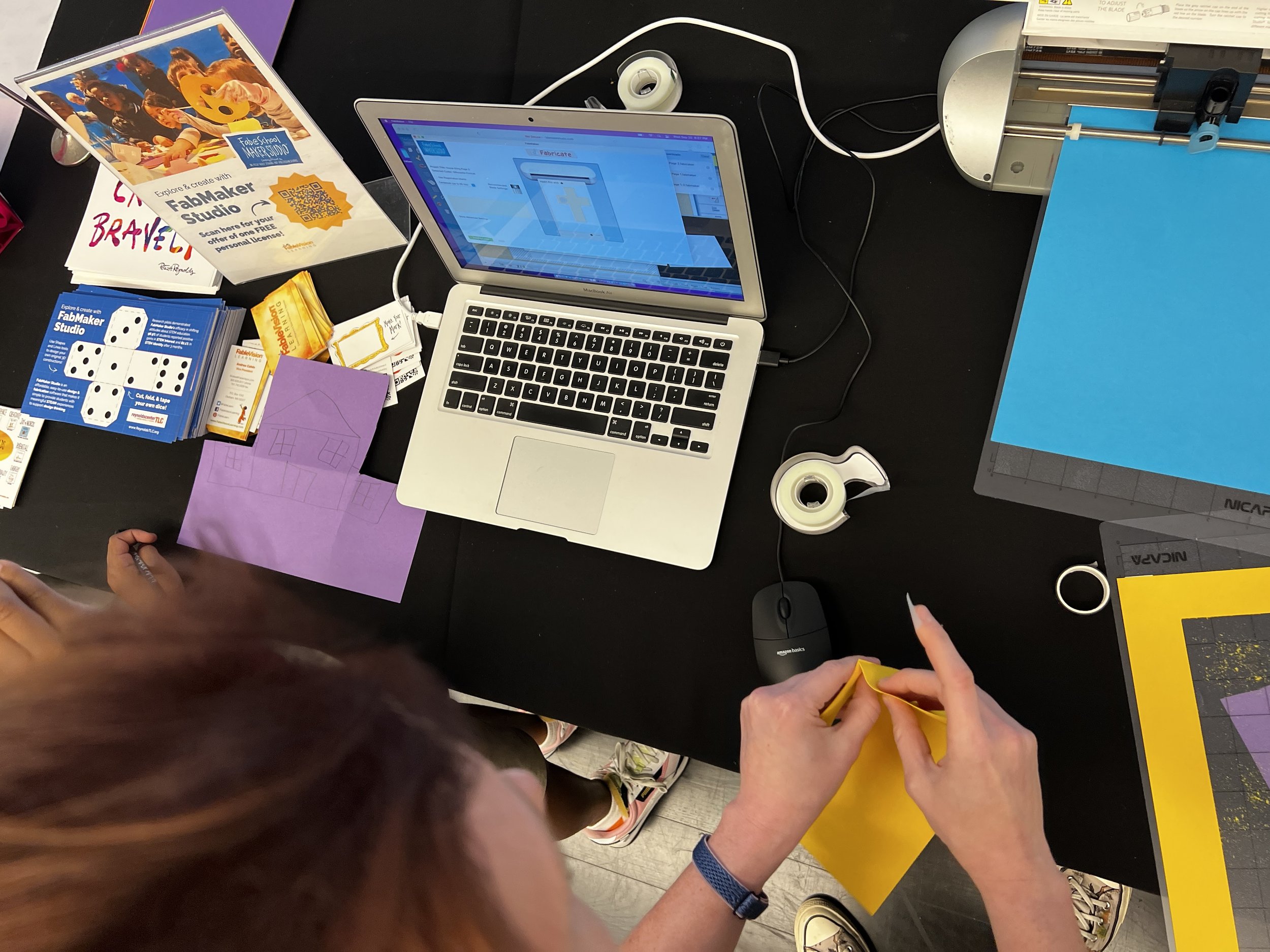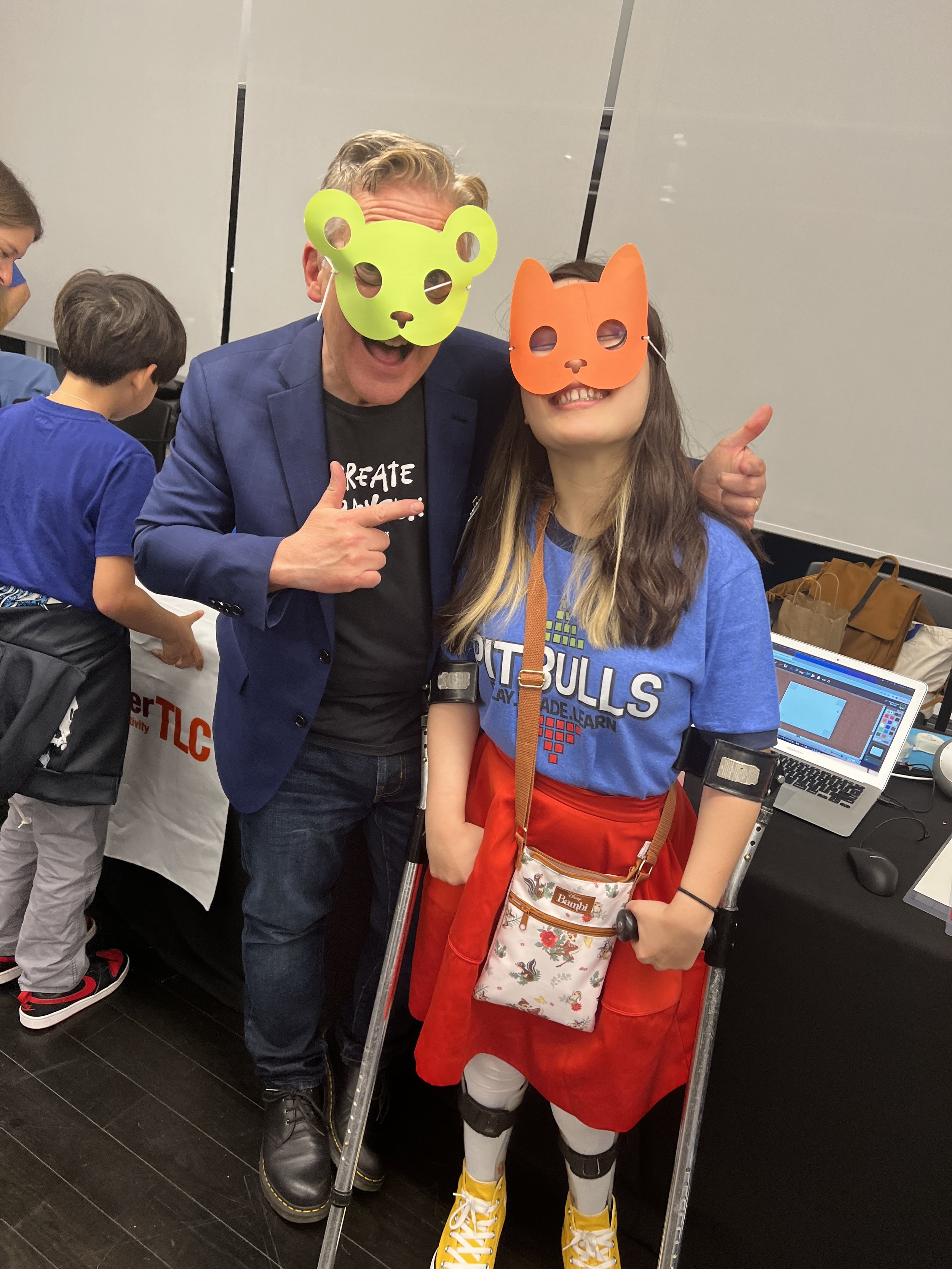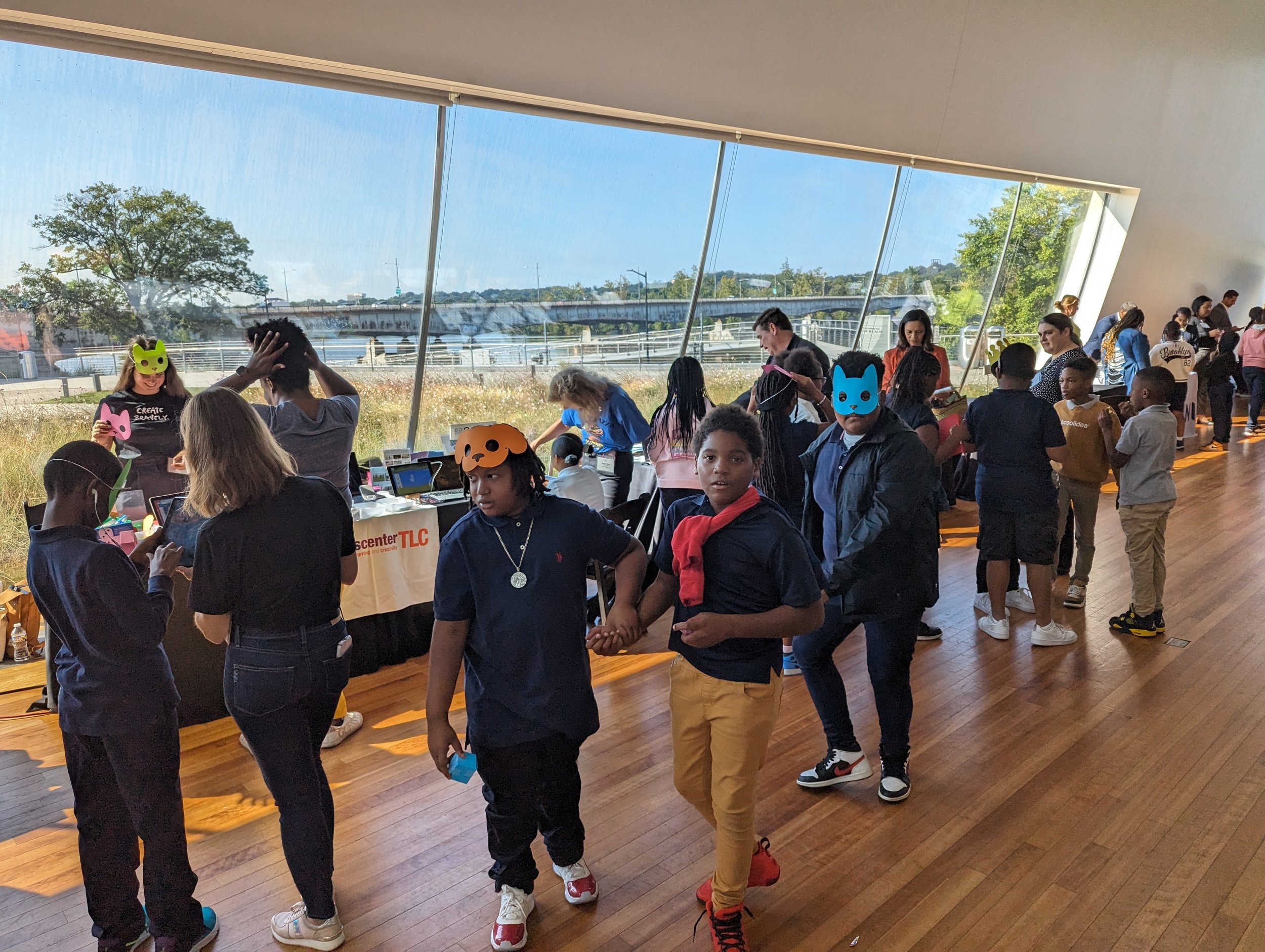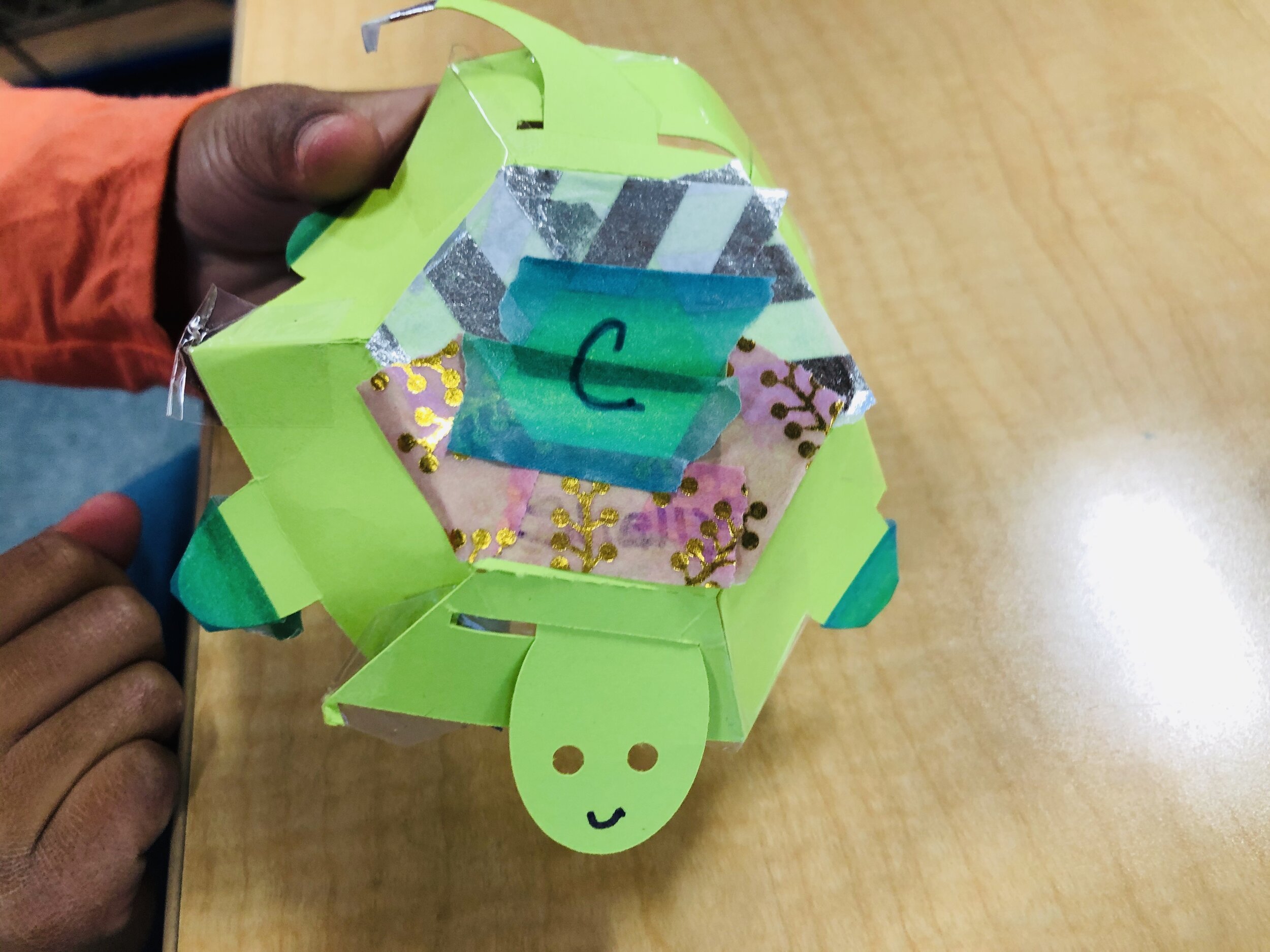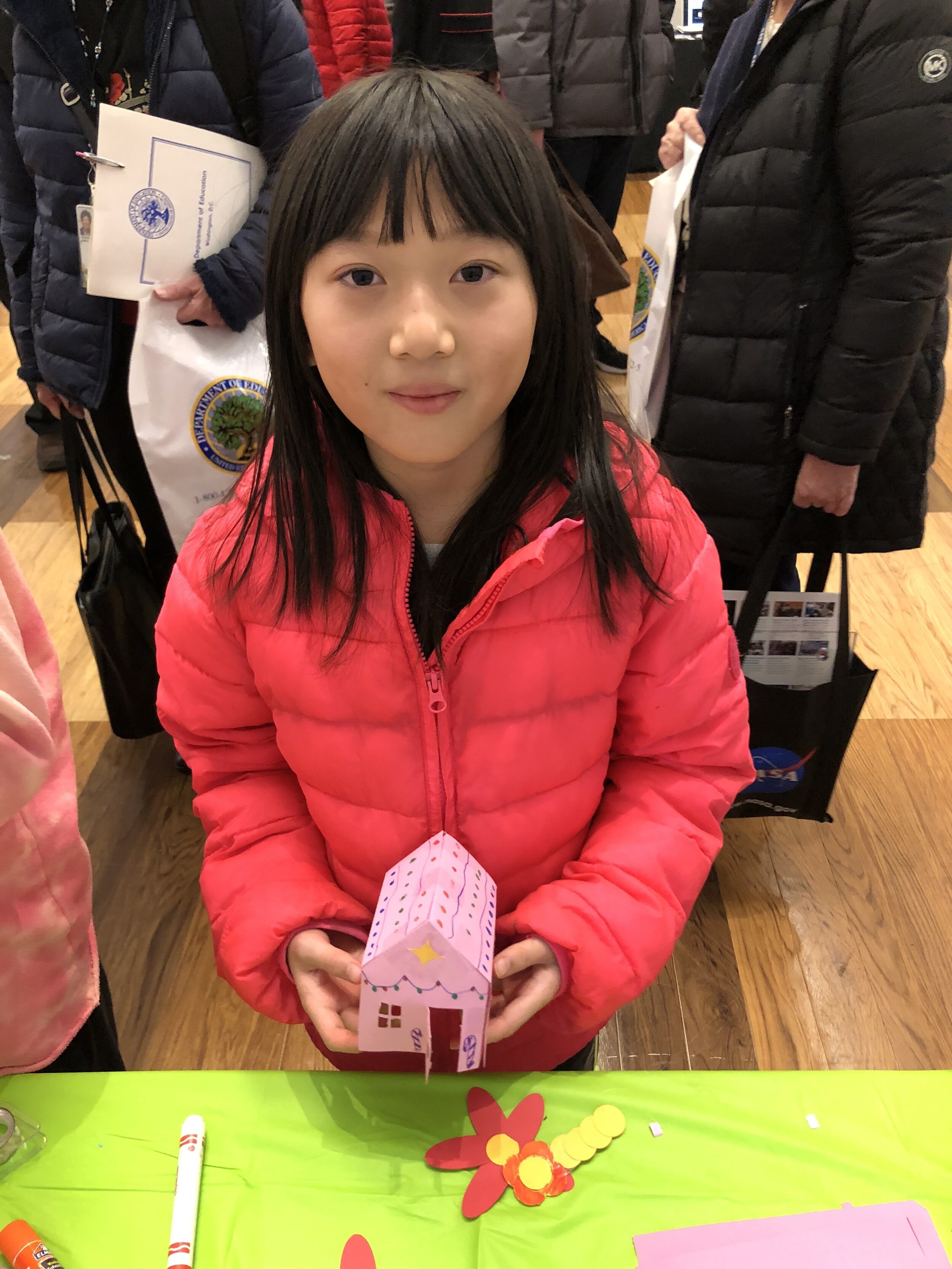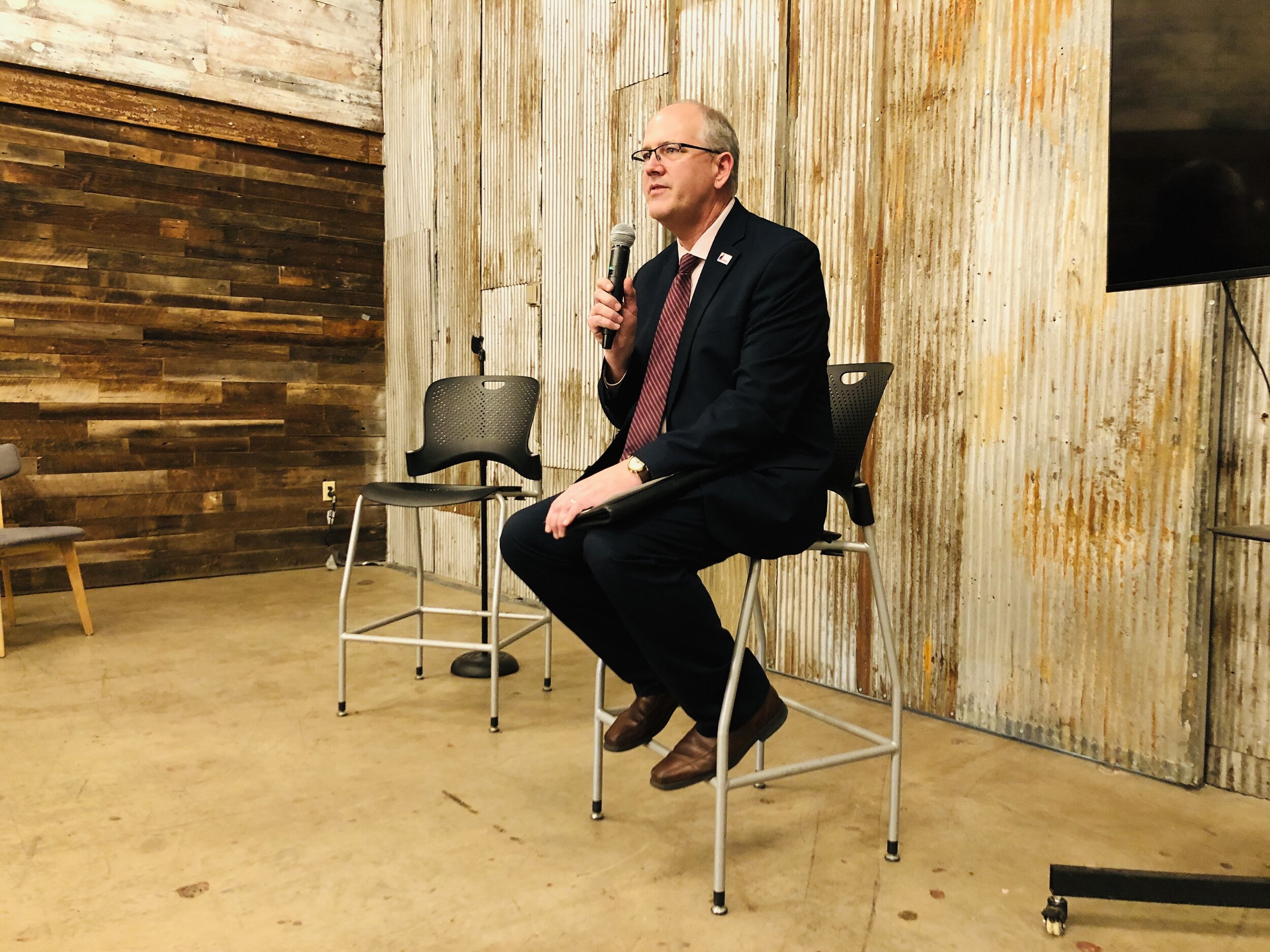FableVision Learning Spotlight Blog
Categories
- Animation-ish 42
- Books 21
- Civics! 2
- Classroom Spotlight 17
- Conferences and Events 20
- Creative Educator 3
- Creativity 25
- Distance Learning 13
- Dot Day 22
- FabClassroom 28
- FabFriday 19
- FabMaker Studio 66
- FabMaker Studio Classroom 13
- FableFive 7
- FableVision Games 3
- Free Educator Resources 36
- HUTCH 1
- Home Activities 5
- In the Classroom 34
- In the News 11
- International Dot Day 23
- Ish 1
- Library 1
- Mapping the World by Heart 7
- Paul Reynolds 10
- Peter H. Reynolds 54
- Professional Development 9
- STEM/STEAM 20
- Storybook Academy 2
- Teacher Spotlight 14
- The Dot 17
- The North Star 2
- Words and Their Stories 1
- Zoombinis 3
FableVision/Reynolds Center Celebrates Creativity at the ED Games Expo
FableVision/Reynolds Center Celebrates Creativity at the ED Games Exp0
From engineering a building that could withstand an alien invasion to rescuing Zoombinis to crafting a hit broadway musical about the national parks to exploring the culture of the Sugpiaq tribe in Alaska, the 9th annual ED Games Expo in DC was fueled by creativity and FableVision Games.
FableVisionaries Paul Reynolds, Andrea Calvin, Mary Johnston, Nadya Karpova, Snow Dong and Elizabeth Rowe from TERC worked with students from the DC area as they explored the different learning games on Wednesday, Sept. 20 at the John F. Kennedy Center for the Performing Arts REACH Center.
The ED Games Expo is a showcase of game-changing education technology innovations developed through programs at the Institute of Education Sciences, the U.S. Department of Education, and across government. FableVision/The Reynolds Center was invited to highlight several of their tools including: Zoombinis, FabMaker Studio, Civics: An American Musical and Nunaka.
At the event students got hands-on with the tools in the larger expo where specific classes were invited to join a one hour master class either using FabMaker Studio or Civics.
The following day, FableVision/Reynolds Center co-founder and CEO Paul Reynolds and vice president Andrea Calvin shared about FabMaker Studio at ScIC13: Science is Cool 13 UnConference. You can check out the replay here.
FableVision's Adventures at the 2020 ED Games Expo
For the third year, the FableVision Learning and Reynolds Center team traveled to Washington, DC for the 2020 ED Games Expo - the U.S. Department of Education’s showcase of educational learning games and technologies from across the country.
As part of the Expo, the team Created Bravely with two area schools and got hands-on with FabMaker Studio. This journey took our team to Washington, DC, Maryland, and Virginia.
First stop was School Within School at Goding in Washington, DC on Jan. 8. Working with 2 third grade classes, Paul Reynolds spoke about his book Sydney & Simon: Go Green!. Afterwards, the third grade students assembled 3D turtles that were created using FabMaker Studio.
The following day, the Reynolds Center and FableVision traveled to Maryland to create with fifth graders at Sunderland Elementary School. Using our design tool, the fifth grade class crafted spin tops. Some of the students experimented with the speed of the tops by adding paper clips and other accessories.
That evening, the team exhibited at the 2020 ED Games Expo at the JFK Center for Performing Arts. Our table included 2D and 3D FabMaker designs - attendees were able to use ready-made products or design products from scratch. The team collaborated with students, educators, and parents to discuss the skills FabMaker employs.
On Friday, Jan. 10, Paul Reynolds joined the Big Ideas Panel at the ED Games Expo Showcase: Making in K12 & CTE in Virginia at Building Momentum. Featured speakers included Allen Brooks of Building Momentum; Albert Palacios of the US Department of Education; Paula Gangopadhyay of the Institute of Museum of Library Services; Dorothy Jones-Davis of Nation of Makers; Digital Harbor’s Andrew Coy; Cara Lesser of Kid Museum; American University’s Ben Stokes; Recast City’s Ilana Preuss; and Alana Preuss and DJ Morneau of Games for Change. This event showcased successful ed tech products that were given a kick-start with government small business grants through the ED/IES Small Business Innovation Research program.
Click on the hyperlinks to learn more about School Visits with Peter and Paul Reynolds and FabMaker Studio.
Getting "Messy" with Fab@School at the ED Games Expo
In a room filled with amazing virtual reality stations, impressive mobile apps, and science simulations, we were the “messy table.”
On Monday, Jan. 8, FableVision Learning joined hundreds of game developers at 5th annual ED Games Expo hosted by the U.S. Department of Education at the The John F. Kennedy Center for the Performing Arts in DC. The expo was a chance to showcase learning games developed through The Small Business Innovation Research (SBIR) program to students from the DC area.
We discovered that in this digital age, youngsters were drawn the tangible. Our table was the busiest of all! Why? We were there to demo Fab@School Maker Studio, an online tool where students design with 2D shapes to create nets that when fabricated using a digital cutter become 3D objects.
The perk - it is all done with paper.
I was inundated with students all lining up to answer one simple question: “What do you want to make”? Everytime the answer was different.
- “What do you mean… make?”
- “A house.”
- “A car.”
- “A Mickey Mouse face that has stars instead of circles for ears”
- “What can I make?”
- “I want what she made, only different.”
The challenge was on and it was only 10 a.m.
Students picked a piece of colored cardstock, mounted it on a sticky mat, and patiently waited for their turn.
A fourth-grade girl was excited to create a dodecahedron - she just loves shapes. But wanted two sides to have a cut-out of a star. This was simple - by dragging a star from the shapes pallet onto her design she was able to see her idea come to fruition digitally and after 50 seconds though the digital cutter - she was folding her geometric shape.
One girl wasn’t impressed with the sunglasses she was wearing and wanted to create her own. As a group of young engineers we examined what shapes were used in the construction of the glasses.
“Maybe two circles with two more circles in the middle to see,” one student suggested.
“Now we need a rectangle to make them connected,” another added.
At the end of the design phase, we had a pretty nifty pair of sunglasses with very long arms. Back in Fab@School, she used the ruler tool to accurately create the perfect pair of sunglasses.
There were oohs and aahs from all folks of ages when the students snapped pulled together six squares and watched as the program’s 3D viewer showed how the shape would fold. One exhibitor remarked that Fab@School was unique because you create 2D nets to create 3D objects instead of building in a 3D environment and having the program flatten it.
Toward the end of the afternoon, teachers were giving the five-minute-until-the-bus-leaves warning to students that had been there for a good part of the day - designing, creating, and getting messy.
We left tired but excited to know we had inspired a few more future engineers.




